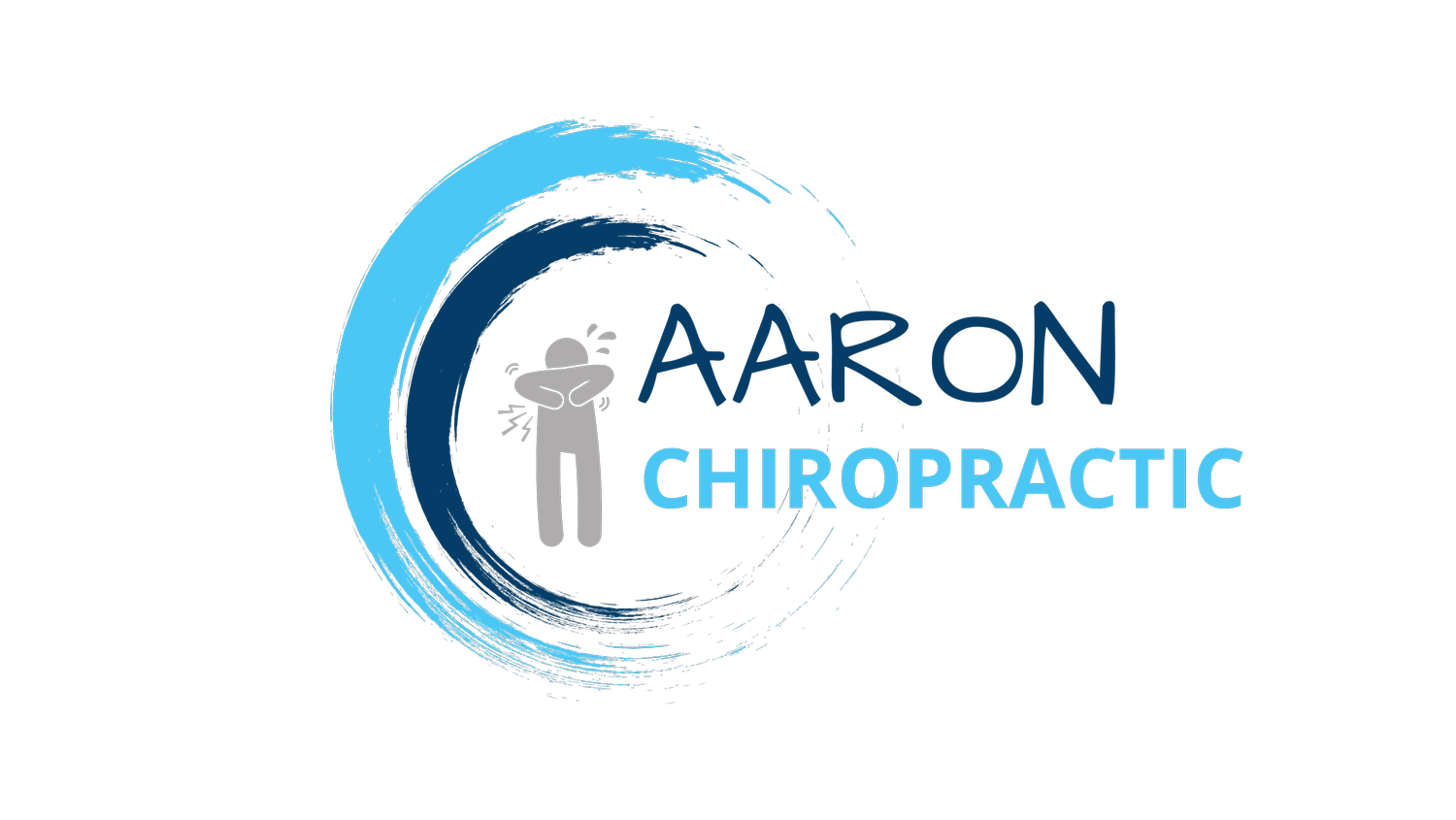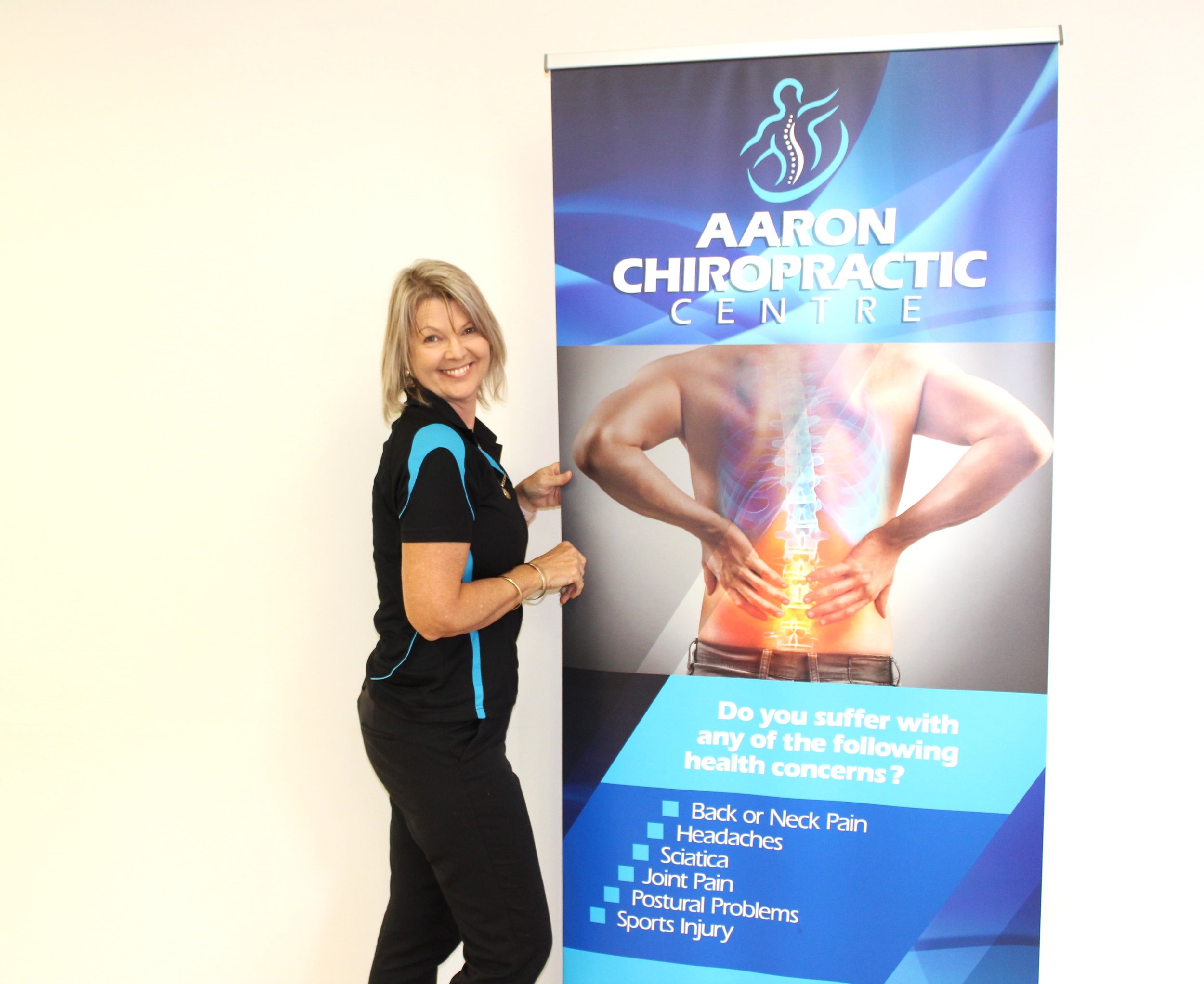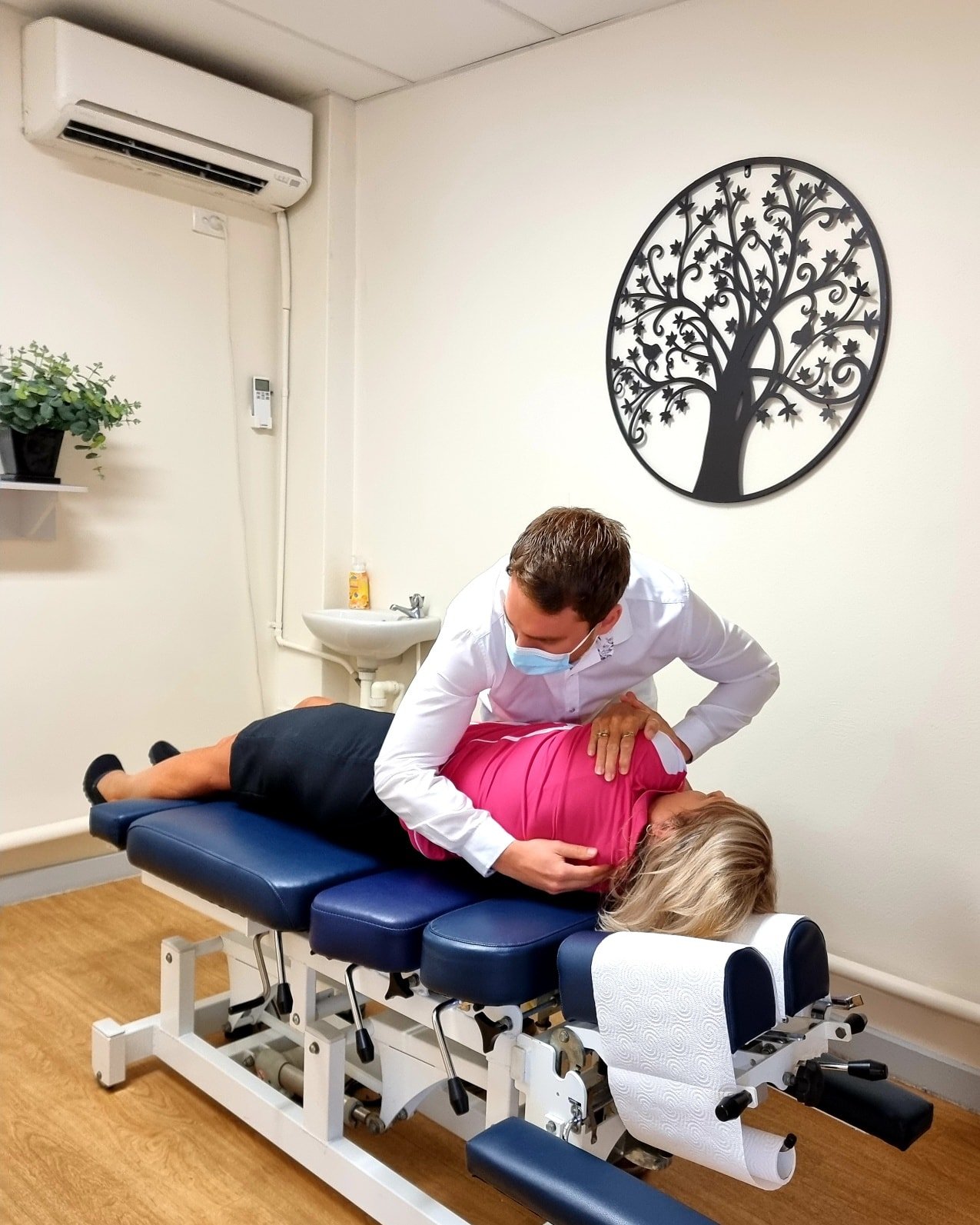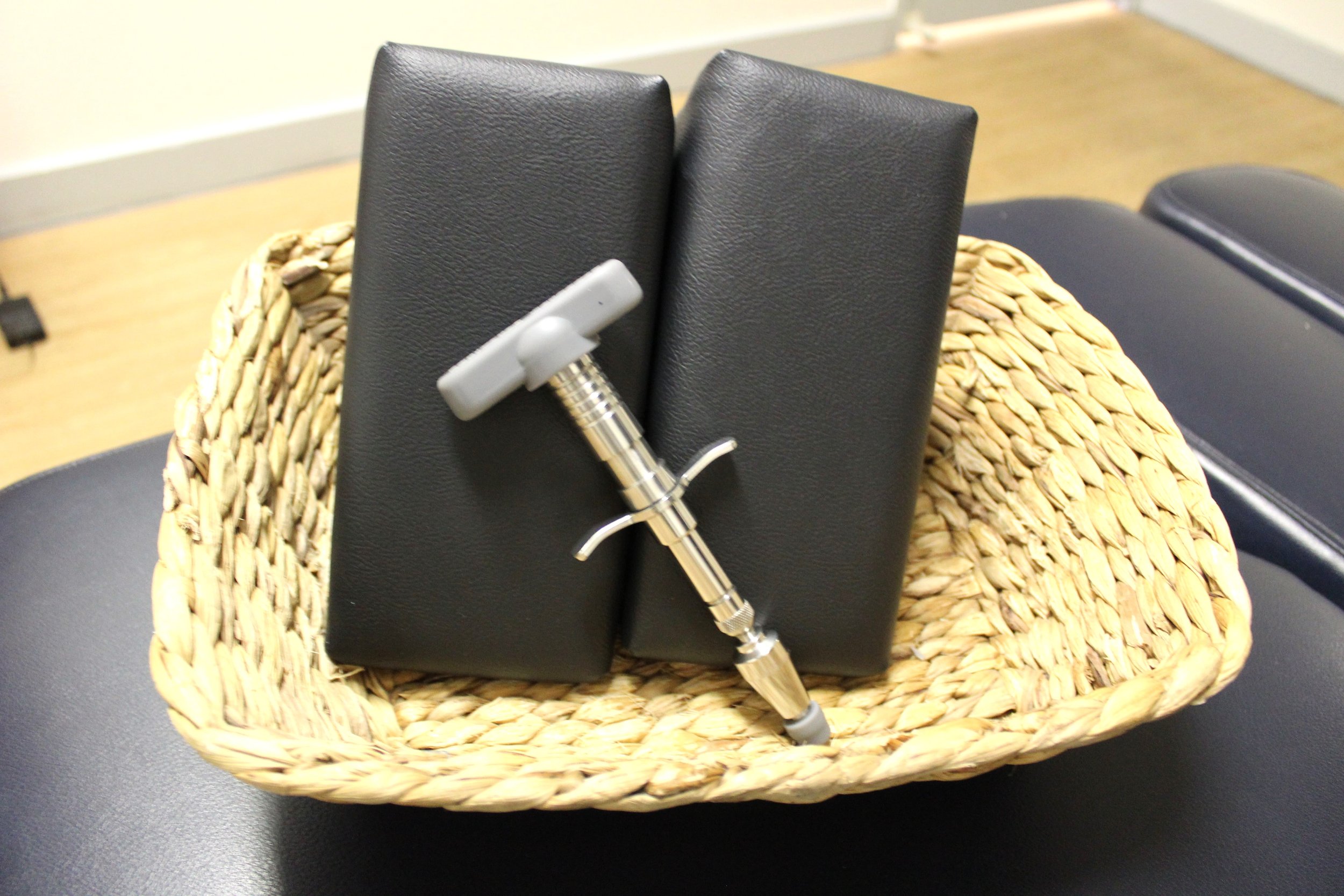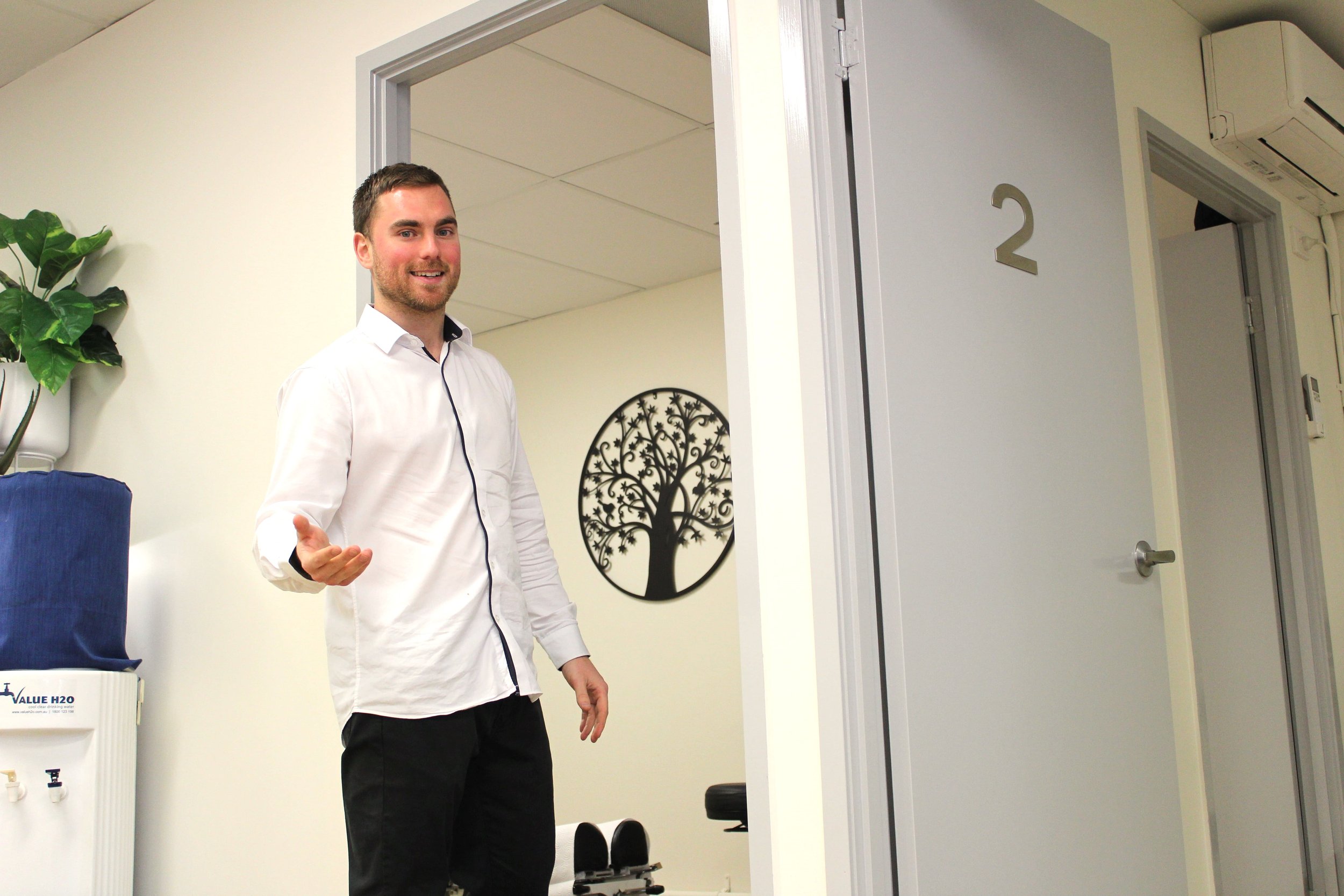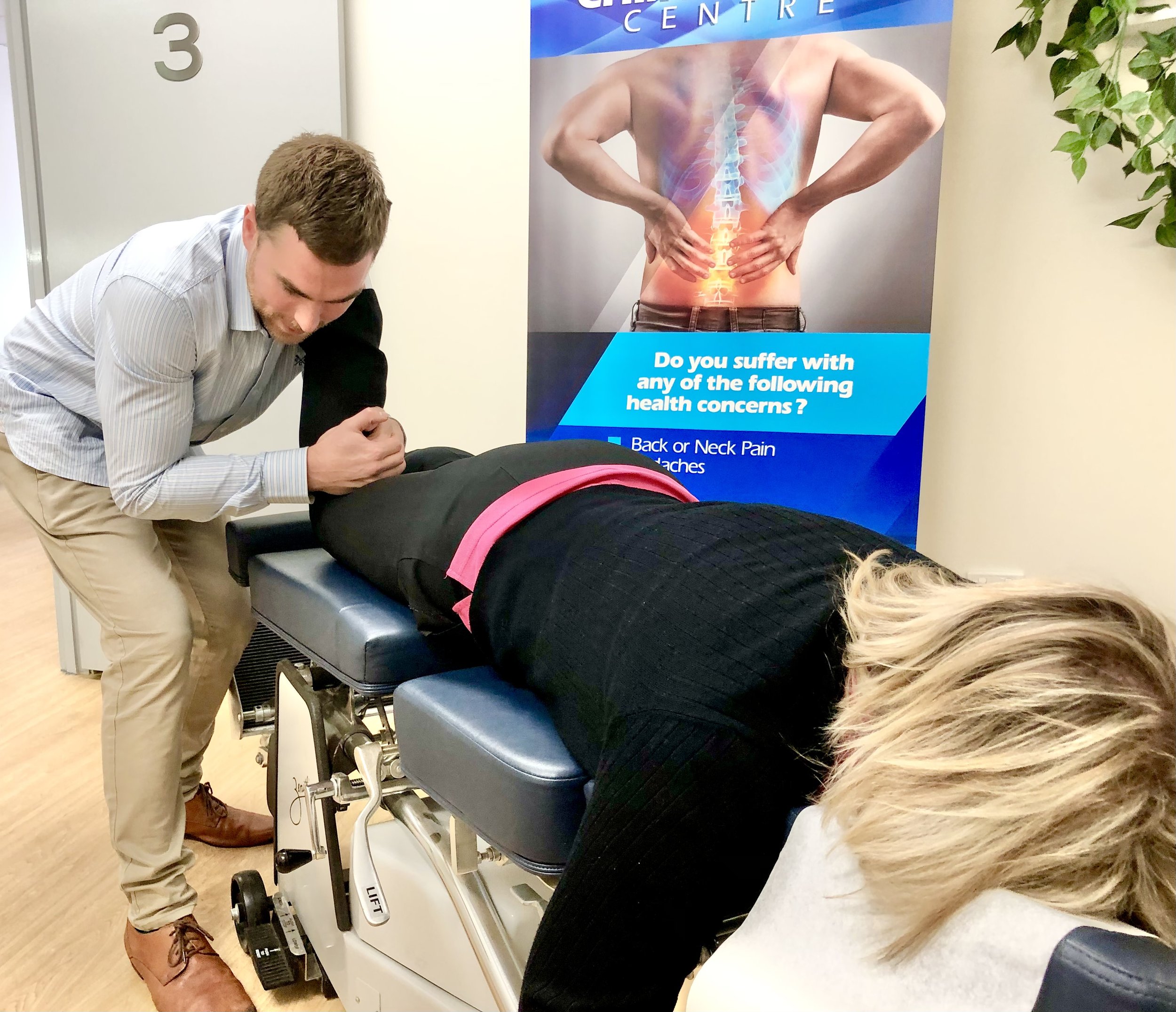Neck hump, also known as Dowager's hump, is a common concern affecting many individuals today. Not only can it impact your appearance, but it can also lead to discomfort and health issues. In this comprehensive blog post, we'll explore neck hump in detail, from its causes and symptoms to a wide range of effective treatment options. Whether you're looking to prevent it or seeking solutions, we've got you covered with valuable insights and expert advice.
Section 1: What is Neck Hump?
Neck hump, often referred to as Dowager's hump, is an abnormal curvature of the upper spine that causes the neck to protrude forward. This condition typically manifests as a noticeable bump at the base of the neck, between the shoulders. While it can affect people of all ages, it's more common among older adults.
The name "Dowager's hump" is derived from the way elderly women were often depicted with this condition due to age-related changes in bone density and posture. However, both men and women can develop neck hump, and it's not solely associated with aging.
Neck hump occurs primarily due to poor posture and changes in the spine's structure. The gradual forward bending of the upper spine places excessive stress on the vertebrae, leading to a visible hump. While aging and osteoporosis contribute to the risk, other factors like extended periods of sitting, hunching over electronic devices, and lack of regular physical activity can accelerate its development.
Section 2: Causes of Neck Hump
Poor Posture: The Primary Culprit
One of the primary causes of neck hump is poor posture, especially when sitting or standing for extended periods with the head and shoulders forward. This places undue stress on the neck and upper back, leading to structural changes over time.
Aging and Osteoporosis
As we age, our bones lose density and become more fragile. This can make the spine more susceptible to curvature changes, including the development of a neck hump. Osteoporosis, a condition characterized by weakened bones, further exacerbates the risk.
Other Contributing Factors
Several other factors can contribute to the development of neck hump:
Muscle Weakness: Weak neck and upper back muscles may struggle to support proper spinal alignment.
Genetics: Some individuals may have a genetic predisposition to develop postural issues.
Excessive Screen Time: Spending long hours hunched over screens can strain the neck and upper back.
Section 3: Recognizing the Symptoms
Physical Signs of Neck Hump
The most obvious sign of neck hump is the visible bump or hump at the base of the neck. It's typically more noticeable when viewed from the side. In addition to the hump, other physical symptoms and signs may include:
Shoulder Pain: Discomfort or pain in the upper back and shoulders.
Limited Range of Motion: Difficulty in moving or rotating the neck and shoulders.
Headache: Frequent headaches, often caused by muscle tension and poor neck alignment.
Tingling or Numbness: Some individuals may experience tingling or numbness in the arms and fingers due to nerve compression.
Associated Discomfort and Pain
Neck hump is not just a cometic concern; it can also cause physical discomfort and pain. The abnormal curvature of the spine can lead to muscle strain, joint inflammation, and even compression of nerves in severe cases.
Emotional and Psychological Impact
The visible deformity of a neck hump can have a significant impact on an individual's self-esteem and mental well-being. It may lead to self-consciousness, social anxiety, and a reluctance to engage in activities that require exposing the neck and upper back.
Section 4: Health Implications
Neck Hump and Spinal Health
The abnormal curvature of the spine associated with neck hump can lead to various spinal health issues. Over time, this condition can affect the alignment of the entire spine, potentially causing or exacerbating conditions such as:
Kyphosis: An excessive forward curvature of the upper spine.
Back Pain: Chronic back pain is a common consequence of neck hump.
Herniated Discs: The increased pressure on the spine can lead to herniated discs, causing pain and nerve compression.
Reduced Lung Capacity: Severe neck hump may restrict lung expansion, leading to respiratory difficulties.
Breathing and Cardiovascular Issues
In advanced cases, neck hump can have a direct impact on breathing and cardiovascular health. The forward-leaning posture can compress the chest cavity, reducing lung capacity and impairing oxygen intake. This can lead to shortness of breath and increased cardiovascular strain.
Quality of Life Concerns
The physical and emotional toll of neck hump can significantly impact an individual's quality of life. Chronic pain, limited mobility, and self-esteem issues can make everyday activities challenging and affect overall well-being.
Section 5: Diagnosis and Assessment
Consulting a Healthcare Professional
If you suspect you have a neck hump or are experiencing symptoms associated with it, it's essential to consult a healthcare professional like a Chiropractor. They will conduct a thorough evaluation, which may include:
Medical History: Discussing your symptoms, medical history, and any contributing factors.
Physical Examination: Assessing your posture, range of motion, and the presence of a visible hump.
Imaging: X-rays or other imaging tests may be used to evaluate the curvature of your spine.
A healthcare professional will also rule out other potential causes of your symptoms, such as spinal fractures or tumors.
Section 6: Non-Surgical Treatment Options
Chiropractic Care: Addressing Postural Issues
Chiropractic care is a non-invasive and effective approach to addressing neck hump, especially when it is primarily caused by poor posture. Chiropractors specialize in spinal health and can perform adjustments to correct misalignments, improve posture, and alleviate pain.
Physical Therapy and Exercises
Physical therapy plays a crucial role in neck hump management. A physical therapist can design a customized exercise program to strengthen the muscles supporting the neck and upper back. These exercises may include:
Neck Retraction: Gently tucking the chin to improve neck alignment.
Shoulder Blade Squeezes: Strengthening the muscles between the shoulder blades.
Cervical Stretching: Stretching exercises to improve neck flexibility.
Lifestyle Modifications
Making lifestyle changes is essential for preventing the progression of neck hump and maintaining the benefits of treatment. Consider the following modifications:
Ergonomic Adjustments: Ensure your workspace is ergonomically designed to promote good posture.
Regular Movement: Take breaks from prolonged sitting, and incorporate regular movement and stretching into your day.
Nutrition and Bone Health: Consume a diet rich in calcium and vitamin D to support bone health, and consider supplements if necessary.
Section 7: Surgical Interventions
In some cases, surgical intervention may be necessary to address neck hump, particularly when the curvature is severe, and non-surgical treatments have not provided sufficient relief. Here are some surgical options that healthcare professionals may consider:
Kyphoplasty or Vertebroplasty:
These minimally invasive procedures involve the injection of bone cement into the affected vertebrae to stabilize fractures and reduce deformity. They are typically used when osteoporosis has led to compression fractures contributing to the neck hump.
Spinal Fusion:
Spinal fusion surgery involves joining two or more vertebrae together with the use of bone grafts or hardware, such as rods and screws. This procedure helps correct spinal deformities and stabilize the spine. However, it's usually reserved for severe cases and is considered a last resort.
Osteotomy:
An osteotomy is a surgical procedure where the surgeon cuts and reshapes the vertebrae to improve alignment. This may be performed in conjunction with spinal fusion or other stabilization techniques.
It's important to note that surgical interventions carry risks and require careful consideration. Your healthcare professional will thoroughly assess your condition and discuss the potential benefits and risks of surgery, helping you make an informed decision.
Section 8: Self-Care and Prevention
Posture Improvement Techniques
Improving your posture is essential for preventing and managing neck hump. Consider these posture-improvement techniques:
Awareness: Pay attention to your posture throughout the day. Use mirrors or smartphone apps to monitor your posture.
Ergonomic Setup: Ensure your workspace and home environment are ergonomically designed to promote good posture. Adjust your chair, desk, and computer screen to appropriate heights.
Posture Exercises: Engage in posture-focused exercises and stretches to strengthen the muscles that support proper alignment.
Exercises to Strengthen Neck and Upper Back
Exercise plays a crucial role in neck hump management. Your healthcare provider or physical therapist may recommend specific exercises to address your condition. Here are a few examples:
Chin Tucks: Gently tuck your chin towards your chest to strengthen the muscles in your neck and upper back.
Scapular Squeezes: Squeeze your shoulder blades together to improve posture.
Thoracic Extension: Perform exercises that extend your upper back to counteract the forward curvature.
Always consult with your health care professional before performing any exercise.
Ergonomic Considerations
Maintaining proper ergonomics can go a long way in preventing neck hump. Consider these ergonomic tips:
Maintain a Neutral Spine: When sitting or standing, keep your spine in a neutral, aligned position.
Use Supportive Furniture: Invest in an ergonomic chair and supportive mattress and pillows to encourage proper spinal alignment during sleep.
Section 9: Living Well with Neck Hump
Coping Strategies
Dealing with neck hump can be challenging, but there are coping strategies to help you maintain a positive outlook:
Support Groups: Connect with others who have similar conditions through support groups or online communities.
Mental Health Support: Consider therapy or counseling to address any emotional challenges related to your condition.
Support Networks and Resources
Explore available resources to help you on your journey:
Healthcare Team: Maintain regular communication with your healthcare team, including chiropractors, physical therapists, and orthopedic specialists.
Educational Resources: Seek reliable sources of information to stay informed about your condition and treatment options.
Success Stories and Inspirations
Many individuals have successfully managed neck hump and improved their quality of life. Reading about their journeys and success stories can provide inspiration and motivation for your own path to recovery.
Section 10: Conclusion
In conclusion, neck hump, or Dowager's hump, is a condition that requires attention and proactive management. It can impact both your physical health and emotional well-being, but with the right approach, you can address its causes, manage its symptoms, and regain confidence in your posture.
Whether you choose non-surgical treatments like chiropractic care and physical therapy or explore surgical options, it's essential to consult with a healthcare professional who can guide you on the best path for your unique situation. Additionally, incorporating self-care practices and posture-improvement techniques into your daily life can play a pivotal role in your journey to a hump-free neck and improved overall health. Remember that you're not alone in this journey, and there is support available to help you live well with neck hump.
